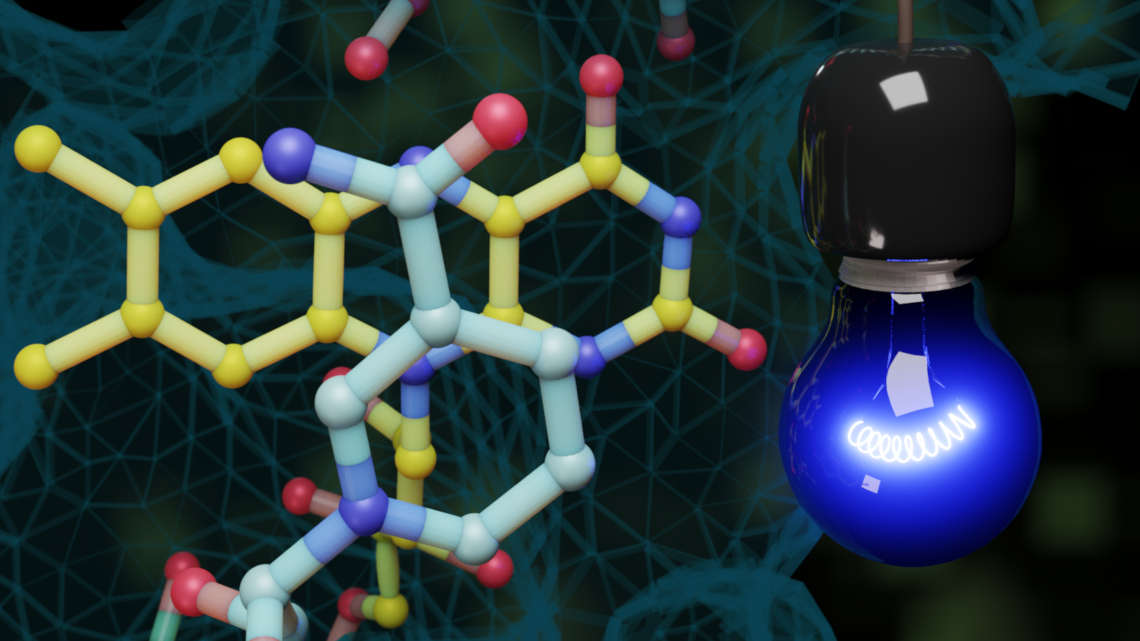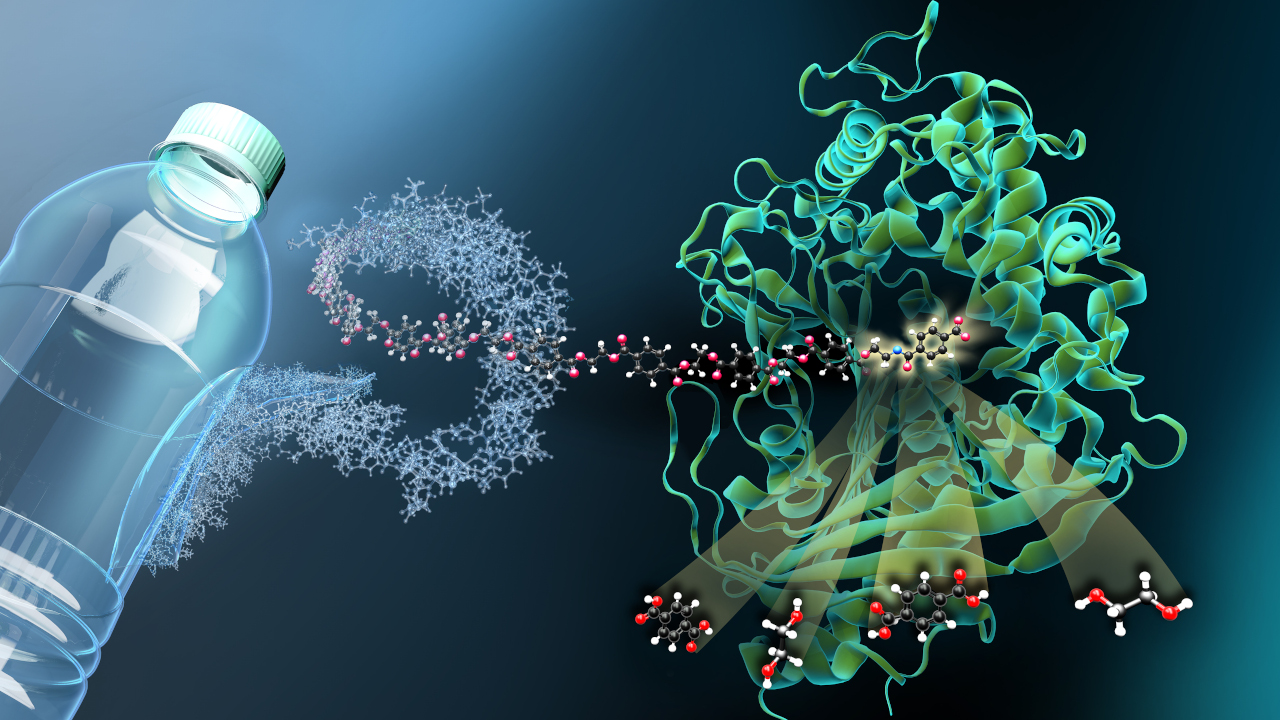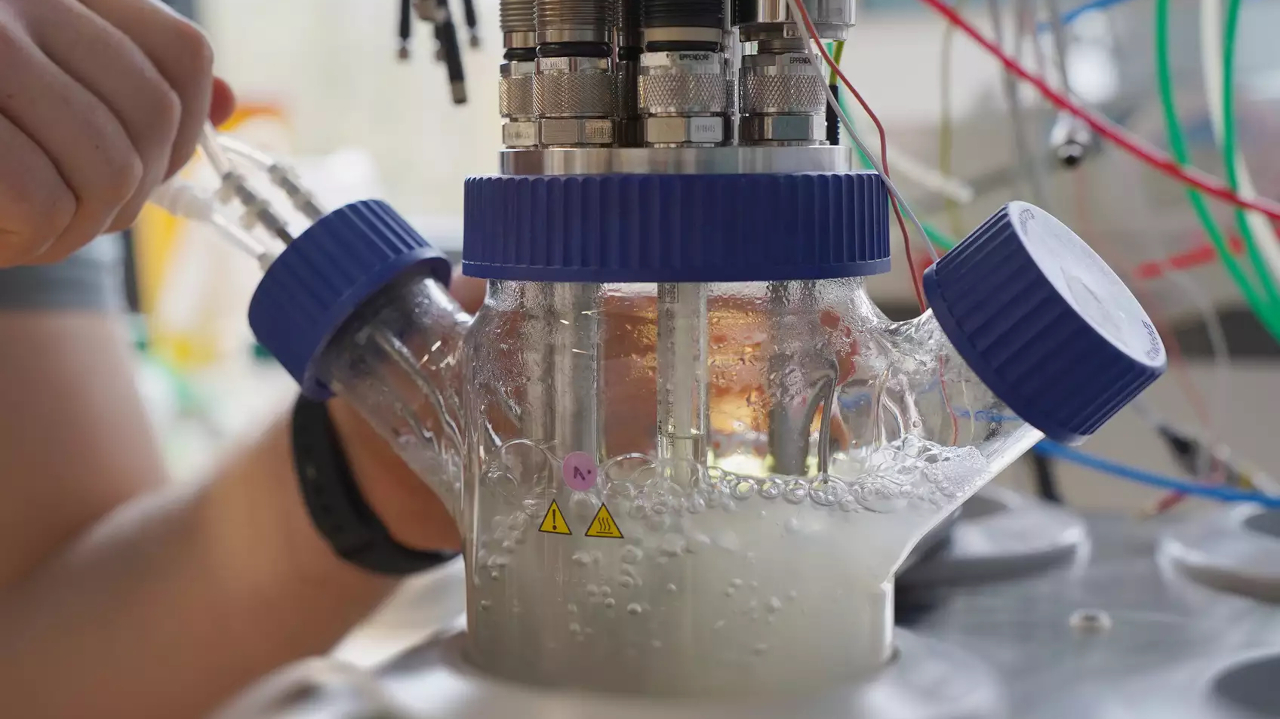Blue light activates new enzyme reaction
Biotechnologists from Münster have discovered an enzyme whose oxygen-transferring activity can be switched on by light.

Enzymes are the driving forces behind chemical reactions in living cells. They are therefore also called biocatalysts and are used in biotechnological processes to enable reactions. Scientists at the Westfälische Wilhelms-Universität Münster (WWU) and the University of Pavia have now discovered an enzyme that has a mechanism that is so far unknown in this combination: In addition to its normal function, blue light can trigger another reaction, but this requires the presence of a specific molecule, as the team reports in the technical journal "Nature Communications".
Different applications conceivable
Photoactive enzymes activated by light are relevant for a number of applications. They enable, for example, the stepwise activation of reactions in a multi-step process within a reaction vessel. In this way, only defined, limited areas of a surface can be stimulated for a reaction. Last but not least, this mechanism allows pharmacological agents to be designed in such a way that they only develop their effect as a result of metabolism in the body.
Cofactor and cosubstrate required
In this specific case, the photoactive enzyme called PqsL comes from the bacterium Pseudomonas aeruginosa and is actually involved in reactions that occur independently of light. However, if the cofactor flavin attached to the enzyme is hit by light and a so-called NADH molecule is present as an electron donor, the flavin takes up an electron twice and as a flavin radical enables the enzyme PqsL to transfer an oxygen atom to a reaction partner.
Further light-activated enzymes probable
"The enzyme we have identified is part of a very large family of enzymes, and it is possible that genetic manipulation could produce further light-switchable enzymes that could be used in different applications", emphasizes Steffen Drees from the Institut of Molecular Microbiology and Biotechnology at the WWU Münster. At the same time, it is also conceivable that the enzyme can be modified in such a way that it enables other reactions depending on light, because its flavin radical has a very negative redox potential, which means that it can very well transfer electrons to a reaction partner: "Based on this property, we suspect that additional reactions would also be possible, which would extend the catalytic potential of the enzyme and possibly also of other flavin-dependent enzymes," concludes Susanne Fetzner, head of the WWU research group.


